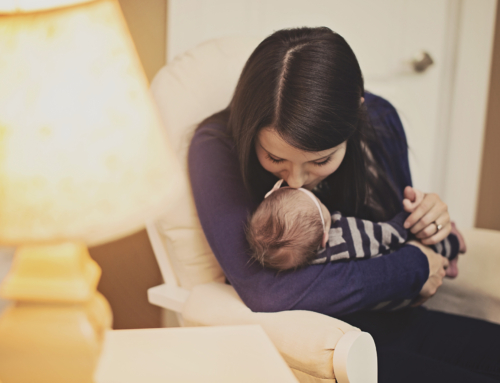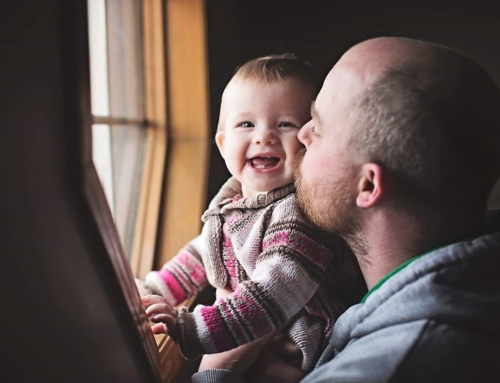This post may contain affiliate links which means I may earn a (very small) commission if you use them. I will forever only recommend products that I have put full trust in. You can count on me!
It’s only natural that this month’s blog post will centre around daylight saving and the extra hour of sleep we are all getting at the start of November. Oh wait – we are parents. Not only we will not be getting the extra hour of sleep, but our early rising children are now waking up even earlier.
Why is time change still a thing?
It turns out that the Fall back is a sensitive subject in my house. I sat down to begin writing this post and it led to quite the heated argument between my husband and I. Apparently he has some ridiculous mindset that we need to continue this old-school approach because “there must be a reason we still change our clocks.”
I, on the other hand, am more than ready to kibosh the whole idea. We are seeing more and more research come out every year about how this time change is wreaking havoc in other areas of our lives as well. It has been shown to increase the chance of a heart attack the day after, and this study has found a significant increase in fatal car accidents the next day. All this for an extra hour of sunlight in the evenings. One hour people.
Whenever anyone talks about daylight savings, inevitably the discussion ends up on how we implemented it for the farmers. Did you know that farmers actually hate the time change? Turns out that their livestock (just like our babies!) do not manage the change very well. I mean, a cow who normally is milked at 7:00 am will be busting at the seams after the time change if we wait till “8:00 am”.
Us mothers all know too well how that kind of pain feels! Not only that, but farmers feel that the new schedule is very disrupting. Not only do they need to now wait an extra hour for dew to evaporate to make their harvest for the day, but their workers always finish their day at the same time so the farmers are losing out on an hour of paid work.
How to stop this daylight saving from affecting your child’s sleep
So come Sunday, November 4th, get up at your normal time. Yes, your phones will have changed the time for you at 2:00 am that morning, but wait to change the rest of your clocks till after breakfast. I find this is the easiest way to deal with Sunday morning. It will feel just like any other morning, especially if you just ignore the time on your phone.
What to do for our Babies
For younger children that are takings naps during the day, I recommend splitting the difference for the first couple of days. So for instance, if your 6-month-old is normally napping at 9:00 am then put her down at 8:30. This will feel like 9:30 for your babe that morning, so you may have a little work on your hands to keep her up but it shouldn’t disrupt her whole schedule too much.
The same thing goes for the second nap and bedtime. The second nap will be around 1:30 instead of 2:00 and bedtime at 6:30 instead of 7. Do this for 2-3 days after the time change.
After the 2-3 days move nap and bedtime by another 15-30 minutes for a couple more days until you are now at their regular schedule on the new time.
Now for the mornings. Yes, our babies are likely to be waking up a little earlier, but not necessarily. If your child is waking up earlier then normal, don’t rush to her right away. Give her some time in the crib to think about falling back to sleep.
So if your baby is now waking at 5:30 am and used to sleep until 6:30, first off I feel for you. 5:30 is much too early! As any of my followers know, I refuse to let my clients start their morning before 6:00 am! Before 6 is just much too early for most people. So you can extend these mornings in two different ways, depending on your parenting style and baby’s personality.
You can either do it in stages. Gradually move the mornings later and later until you are back to 6:30. Or you can give her the whole hour to herself in the crib before you go say Good Morning. Either way, the key is not to rush in there right when she wakes. If we rush to her in the early morning, it is teaching her that this is now the time to start our morning. Which is exactly what we don’t want right?
What to do for our toddlers and preschoolers
The same thing for the morning, don’t change your clocks until mid-morning. Let your toddler get up at their normal time on Sunday.
If your toddler naps, you can go ahead and use the same approach of splitting the difference. This works well, especially for younger toddlers.
Older kids that still nap can likely just make the jump on the new nap time right from the get-go. Especially for the Fall Forward compared to Spring Back. I mean it’s a lot easier to go to bed an hour later than an hour earlier right? Tread lightly here though. If you’re not sure your preschooler will be able to handle a whole hour, err on the side of caution and just split the difference for the first couple of days instead.
For mornings – this is where a Gro Clock (or this one that we have and love!) can really come in handy. So you can either just go for the new time or slowly shift your toddler into the new time. I’m sure you know if your child can handle the whole extra hour in the mornings or if you should stagger it by 15-30 min increments.
How I handle time change
I’ve had a lot of my clients ask me what I will do with my own children. My Cordelia is 4 and she is sensitive to changes in her sleep so I will be staggering her. She will go to bed half an hour later on Sunday and then I will set her clock half an hour later in the morning on Monday. I will let her stay on this schedule for a couple days and then on Wednesday I will shift her schedule again to be on the proper time.
There you have it!
Ps. Please can you help me and my husband settle the debate? Should we keep the time change around or should we nix it once and for all? Who’s side are you on?!







Leave A Comment